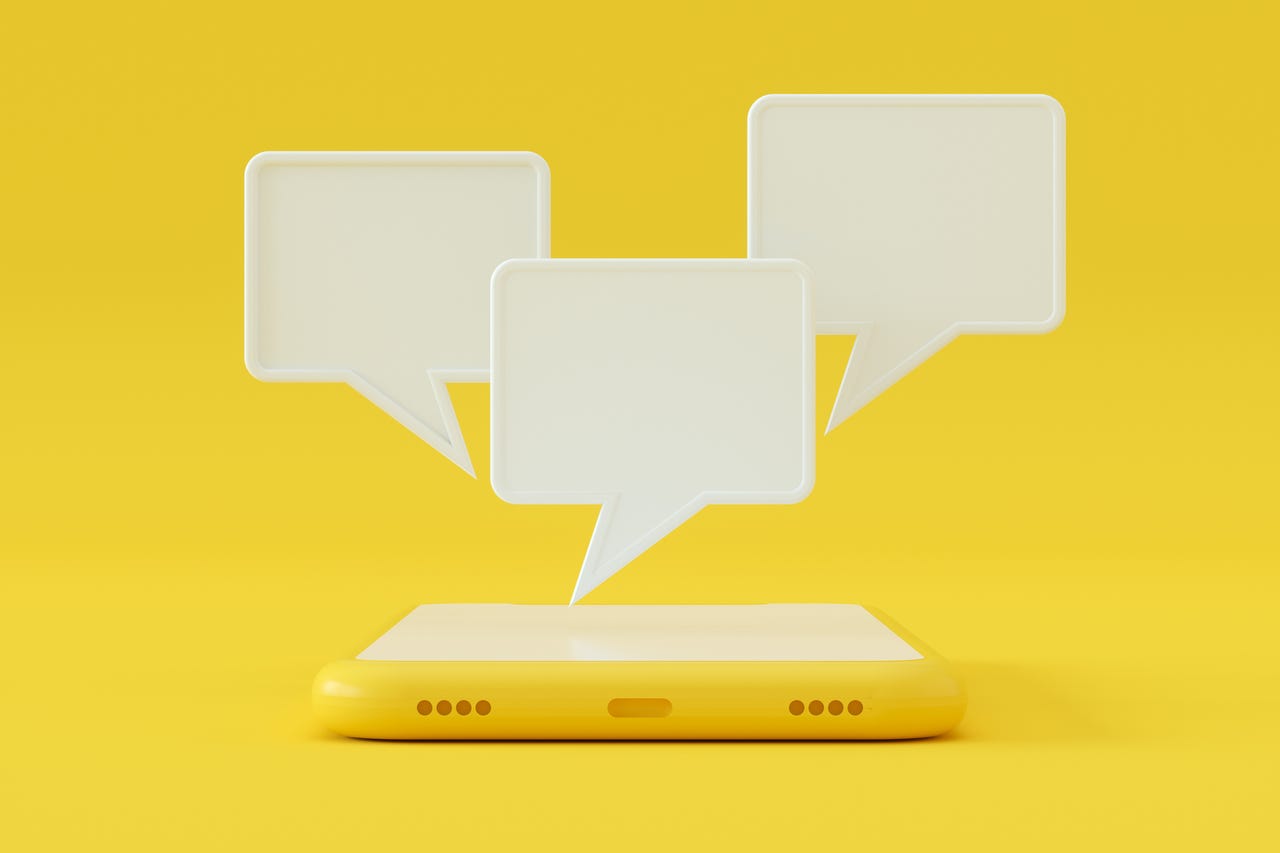'ZDNET Recommends': What exactly does it mean?
ZDNET's recommendations are based on many hours of testing, research, and comparison shopping. We gather data from the best available sources, including vendor and retailer listings as well as other relevant and independent reviews sites. And we pore over customer reviews to find out what matters to real people who already own and use the products and services we’re assessing.
When you click through from our site to a retailer and buy a product or service, we may earn affiliate commissions. This helps support our work, but does not affect what we cover or how, and it does not affect the price you pay. Neither ZDNET nor the author are compensated for these independent reviews. Indeed, we follow strict guidelines that ensure our editorial content is never influenced by advertisers.
ZDNET's editorial team writes on behalf of you, our reader. Our goal is to deliver the most accurate information and the most knowledgeable advice possible in order to help you make smarter buying decisions on tech gear and a wide array of products and services. Our editors thoroughly review and fact-check every article to ensure that our content meets the highest standards. If we have made an error or published misleading information, we will correct or clarify the article. If you see inaccuracies in our content, please report the mistake via this form.
How to better organize text messages on your iPhone, thanks to iOS 17


You're looking for a particular conversation among all the text messages on your iPhone or iPad. Good luck with that. The more text messages you receive, the more cluttered and disorganized they become.
Also: Your Apple device may be eligible for a major update. How to check and download
Junk messages appear alongside legitimate texts. And trying to track down a specific conversation feels like a never-ending quest. But there are ways you can organize your messages to more easily find, view, and work with them.
You can view just messages from known senders or unknown senders, see only unread texts, pin your favorite people and conversations at the top, use search filters to help find messages, and opt to automatically delete messages that have one-time verification codes.
How to manage text messages on your iPhone or iPad
1. Update to iOS 17/iPadOS 17
Some of the tricks I describe here require iOS 17/iPadOS 17 or higher. If you haven't yet updated your iPhone or iPad, head to Settings, select General, and then tap Software Update.
Also: iOS 17: The most impactful new iPhone features are also the ones you'll notice the least
Choose the option to Upgrade to iOS 17 and follow the prompts to download and install the update.
2. Filter messages by known or unknown senders
Instead of trying to hunt through all your messages for a specific one, you can narrow the search by viewing only known or unknown senders. First, go to Settings, select Messages, and then turn on the switch for Filter Unknown Senders if it's off.
Next, open the Messages app. On an iPhone, tap the Filters link at the upper left. On an iPad, tap the sidebar icon at the upper left or drag the Messages pane to the right. Tap Known Senders to see messages only from people you know. Tap Unknown Senders to see texts from strangers, including those with one-time codes or verifications. While you're here, you can also filter the list to see just unread messages.
3. Pin your favorites to the top
You can pin frequently accessed conversations to the top of the screen for quick and easy access. Either select a specific conversation and drag it to the top or tap the ellipsis circle at the top, tap Edit Pins from the menu, and then tap the pin icon for any chat you wish to add to the top.
Also: How to use StandBy Mode iOS 17 (and which iPhones support it)
After you're finished, your favorites will appear as large icons at the top of the screen. As long as you sync your messages via iCloud, any chats you pin on your iPhone will appear on your iPad, and vice versa. To unpin a conversation, press down on its icon and select Unpin.
4. Use search filters
With iOS 17/iPadOS 17, Apple has added new search filters to help you find specific types of messages. Tap the Search field at the top of the screen. Right off the bat, the search results display texts that contain certain content, such as links, photos, locations, and documents. Tap the conversation you want to view.
5. Search by keyword or term
As always, you also can search by a keyword or term. Tap the Search field and type a person's name or phone number to see your conversations with them. Alternatively, type a word or term that appears in the body of a text to find a specific chat.
Also: iOS 17 makes iMessage group chats with Android users more bearable - sort of
6. Automatically delete messages with one-time verification codes
How often do you receive a message with a one-time verification code? And once you confirm the code, that message is no longer needed. Yet it remains behind, adding to the clutter. With iOS 17/iPadOS 17, those messages can now automatically get the heave-ho.
Also: I ranked the best iOS 17 features from most useful to straight gimmicky
To set this up, go to Settings, select Passwords, and then tap Password Options. Under Verification Codes, turn on the switch for Clean Up Automatically. The next time you confirm a code texted to you, the message is automatically removed.